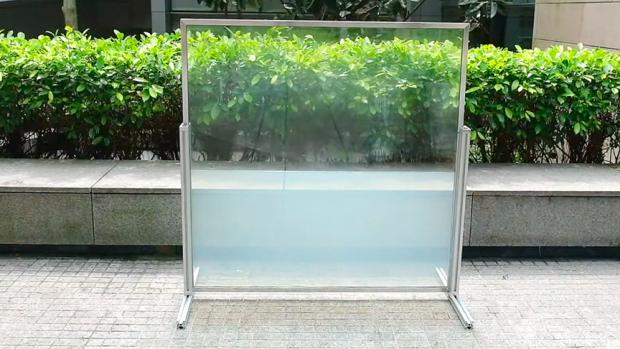
Breaking News
 Japan just injected artificial blood into a human. No blood type needed. No refrigeration.
Japan just injected artificial blood into a human. No blood type needed. No refrigeration.
 China Just Dropped a 6% TAX on Gold - The Market Wasn't Ready for This
China Just Dropped a 6% TAX on Gold - The Market Wasn't Ready for This
 Banks' Strategic Silver Market Manipulation During Off-Hours Trading
Banks' Strategic Silver Market Manipulation During Off-Hours Trading
 No new North Sea oil wells for first time since 1960
No new North Sea oil wells for first time since 1960
Top Tech News
 The 6 Best LLM Tools To Run Models Locally
The 6 Best LLM Tools To Run Models Locally
 Testing My First Sodium-Ion Solar Battery
Testing My First Sodium-Ion Solar Battery
 A man once paralyzed from the waist down now stands on his own, not with machines or wires,...
A man once paralyzed from the waist down now stands on his own, not with machines or wires,...
 Review: Thumb-sized thermal camera turns your phone into a smart tool
Review: Thumb-sized thermal camera turns your phone into a smart tool
 Army To Bring Nuclear Microreactors To Its Bases By 2028
Army To Bring Nuclear Microreactors To Its Bases By 2028
 Nissan Says It's On Track For Solid-State Batteries That Double EV Range By 2028
Nissan Says It's On Track For Solid-State Batteries That Double EV Range By 2028
 Carbon based computers that run on iron
Carbon based computers that run on iron
 Russia flies strategic cruise missile propelled by a nuclear engine
Russia flies strategic cruise missile propelled by a nuclear engine
 100% Free AC & Heat from SOLAR! Airspool Mini Split AC from Santan Solar | Unboxing & Install
100% Free AC & Heat from SOLAR! Airspool Mini Split AC from Santan Solar | Unboxing & Install
 Engineers Discovered the Spectacular Secret to Making 17x Stronger Cement
Engineers Discovered the Spectacular Secret to Making 17x Stronger Cement
Switchable window material stays clear while blocking the sun's heat

A new switchable window material, however, blocks incoming heat while remaining mostly transparent.
First of all, there are already windows with electrochromic glass, that electronically tints on demand. As the glass gets darker, though, it gets harder to see through. Additionally, although such windows do partially block the visible spectrum of sunlight, they don't necessarily block the infrared spectrum, which produces the heat.
That's where the new material comes in.
Developed by scientists at Singapore's Nanyang Technological University and Israel's Hebrew University of Jerusalem, it consists of an inexpensive mixture of titanium dioxide, tungsten trioxide, neodymium-Niobium and tin oxide. This is applied as a coating to ordinary window pane glass, and connected to an electrical circuit.
When the extra heat provided by the sunlight is wanted, such as during the winter months, the material is left switched off. This allows all of the sunlight's infrared radiation to pass through. During warmer months, however, the power is switched on – simulations have indicated that the material will then block up to 70 percent of the incoming infrared radiation, while still allowing up to 90 percent of the sun's visible light to pass through.
Additionally, whereas existing electrochromic windows reportedly start losing their functionality after three to five years of use, tests involving repeated on/off cycles have shown that the new material should last much longer.
What's more, windows incorporating the technology could also be coated with an electronically switchable film created by the same team, which uses carbon nanoparticles to either conduct or block the passage of ambient heat from the outdoor environment.



